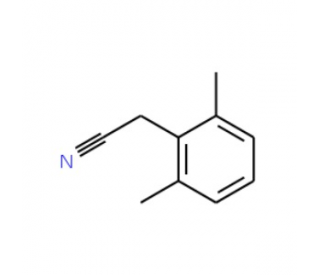詳細說明
Species Reactivity
Human
Specificity
Detects human Integrin alpha V beta 3.
Source
Monoclonal Mouse IgG1 Clone # 23C6
Immunogen
Human osteoclasts
Formulation
Supplied 0.2 mg/mL in a saline solution containing BSA and Sodium Azide.
Label
Alexa Fluor 594
Applications
Recommended
ConcentrationSample
Flow Cytometry
0.25-1 μg/10 6 cells
HUVEC human umbilical vein endothelial cells
Please Note: Optimal dilutions should be determined by each laboratory for each application. are available in the Technical Information section on our website.
Preparation and Storage
Shipping
The product is shipped with polar packs. Upon receipt, store it immediately at the temperature recommended below.
Stability & Storage
Store the unopened product at 2 - 8 °C. Do not use past expiration date.
Background: Integrin alpha V beta 3
Integrin alpha V beta 3 together with alpha IIb beta 3, constitutes the only known beta 3 Integrins (1?3). The non-covalent heterodimer of 170 kDa alpha V/CD51 and 93 kDa beta 3/CD61 subunits shows wide expression, notably by endothelial cells and osteoclasts (2?4). Each subunit has a transmembrane sequence and a short cytoplasmic tail connected to the cytoskeleton. Active cell surface alpha V beta 3 adheres to matrix proteins including vitronectin, fibronectin, fibrinogen and thrombospondin (2, 3). The ligand binding site of alpha V beta 3 is in the N-terminal head region, formed by interaction of the beta 3 vWFA domain with the alpha V beta-propeller structure (4). The alpha V subunit contributes a thigh and a calf region, while the beta 3 subunit contains a PSI domain and four cysteine-rich I-EGF folds. The alpha V subunit domains termed thigh, calf-1 and calf-2 generate a “knee” region that is bent when the alpha V beta 3 is in its constitutively inactive state. Activation, either by “inside out” signaling or by Mg2+ or Mn2+ binding, extends the Integrin to expose its ligand binding site (1, 4). Two splice variants of beta 3 (b and c) diverge over the last 21 amino acids (aa) and lack cytoplasmic phosphorylation sites (5, 6). Another beta 3 splice variant diverges after the vWFA domain, producing a soluble 60 kDa form in platelets and endothelial cells (7). alpha V beta 3 is essential for the maturation of osteoclasts and their binding and resorption of bone; it also, however, promotes their apoptosis (8, 9). M-CSF R and alpha V beta 3 share signaling pathways during osteoclastogenesis, and deletion of either molecule causes osteopetrosis (8, 9). Also cell entry of several viruses is mediated by alpha V beta 3 (4, 10). The 962 aa human alpha V ECD (11) shares 92?95% aa sequence identity with mouse, rat and cow alpha V while the 685 aa human beta 3 ECD (12) shares 95% aa identity with horse and dog, and 89?92% aa identity with mouse, rat and pig beta 3.
References:
Hynes, R. O. (2002) Cell 110:673.
Serini, G. et al. (2006) Exp. Cell Res. 312:651.
Ross, F. P. and S. L. Teitelbaum (2005) Immunol. Rev. 208:88.
Xiong, J. et al. (2001) Science 294:339.
Kumar, C. S. et al. (1987) J. Biol. Chem. 272:16390.
vanKuppevelt, H. et al. (1989) Proc. Natl. Acad. Sci. USA 86:5415.
Djaffar, I. et al. (1994) Biochem. J. 300:67.
McHugh, K. P. et al. (2000) J. Clin. Invest. 105:433.
Faccio, R. et al. (2003) J. Clin. Invest. 111:749.
Chu, J. J. and M. Ng (2004) J. Biol. Chem. 279:54533.
Suzuki, S. et al. (1987) J. Biol. Chem. 262:14060.
Fitzgerald, L. A. et al. (1987) J. Biol. Chem. 262:3936.
Entrez Gene IDs:
3685 (Human)
Alternate Names:
antigen identified by monoclonal L230; CD51 antigen; CD51; Integrin alpha V beta 3; integrin alpha-V; integrin, alpha V (vitronectin receptor, alpha polypeptide, antigen CD51); MSK8; Vitronectin receptor subunit alpha; VNRADKFZp686A08142











 粵公網安備44196802000105號
粵公網安備44196802000105號